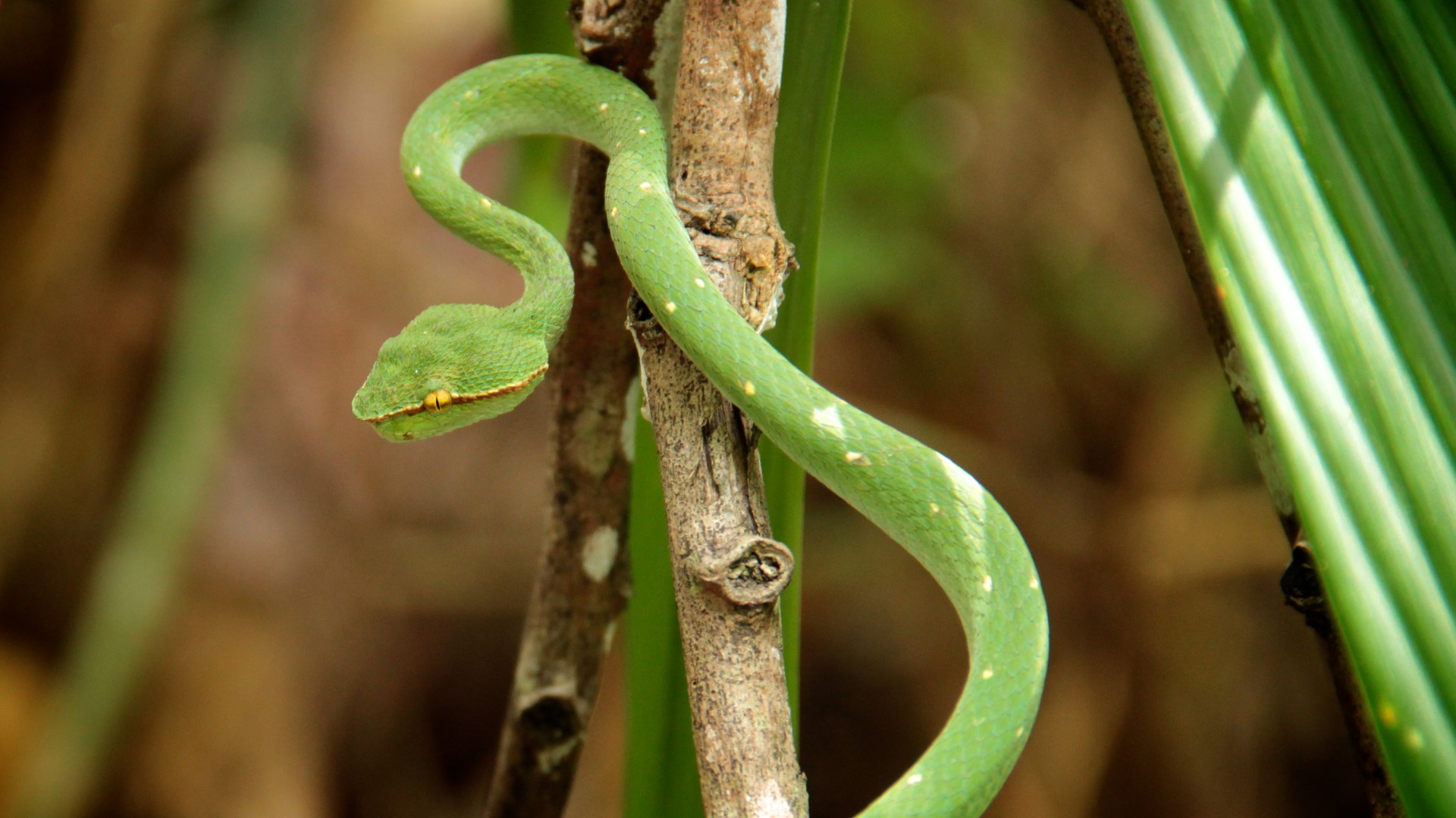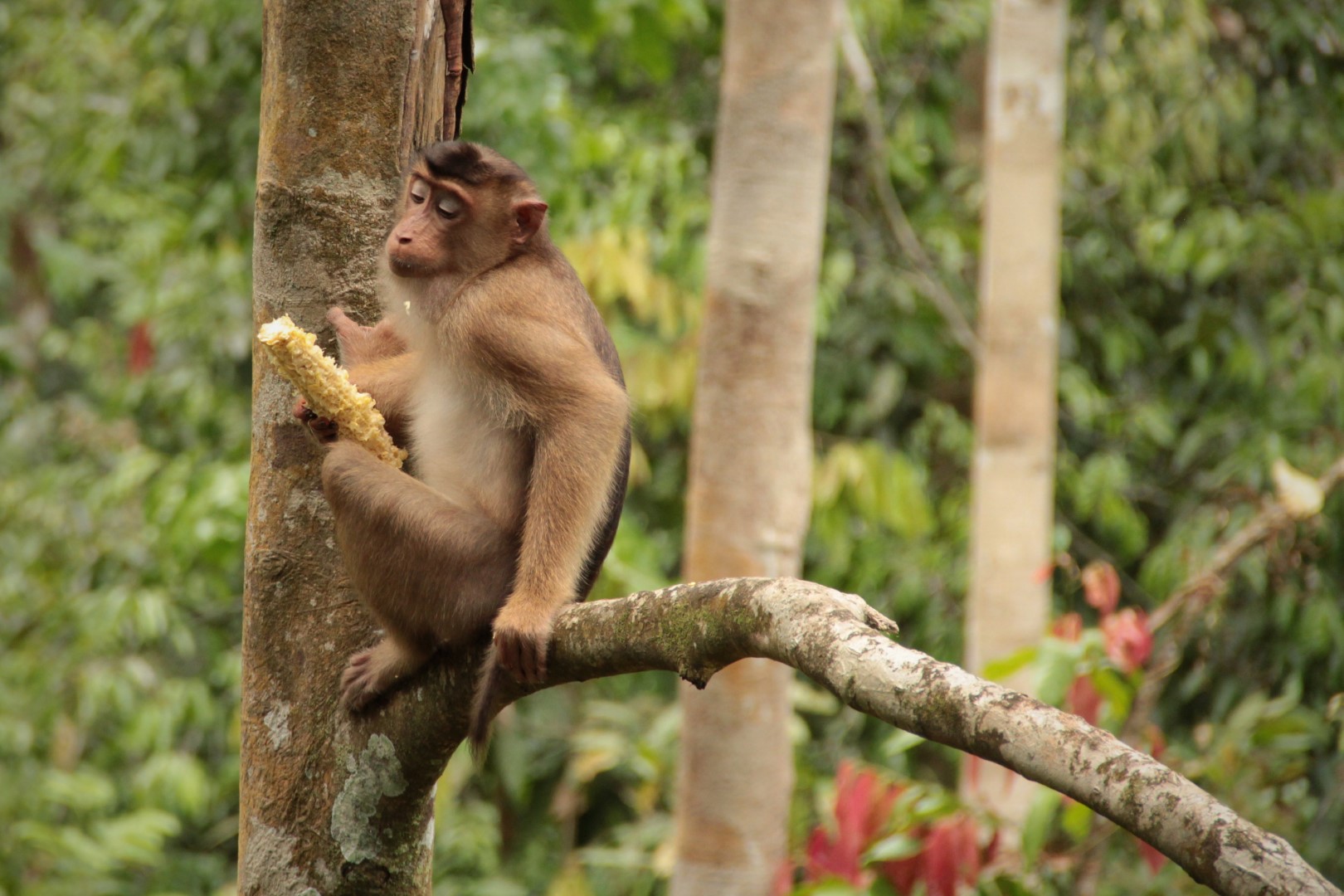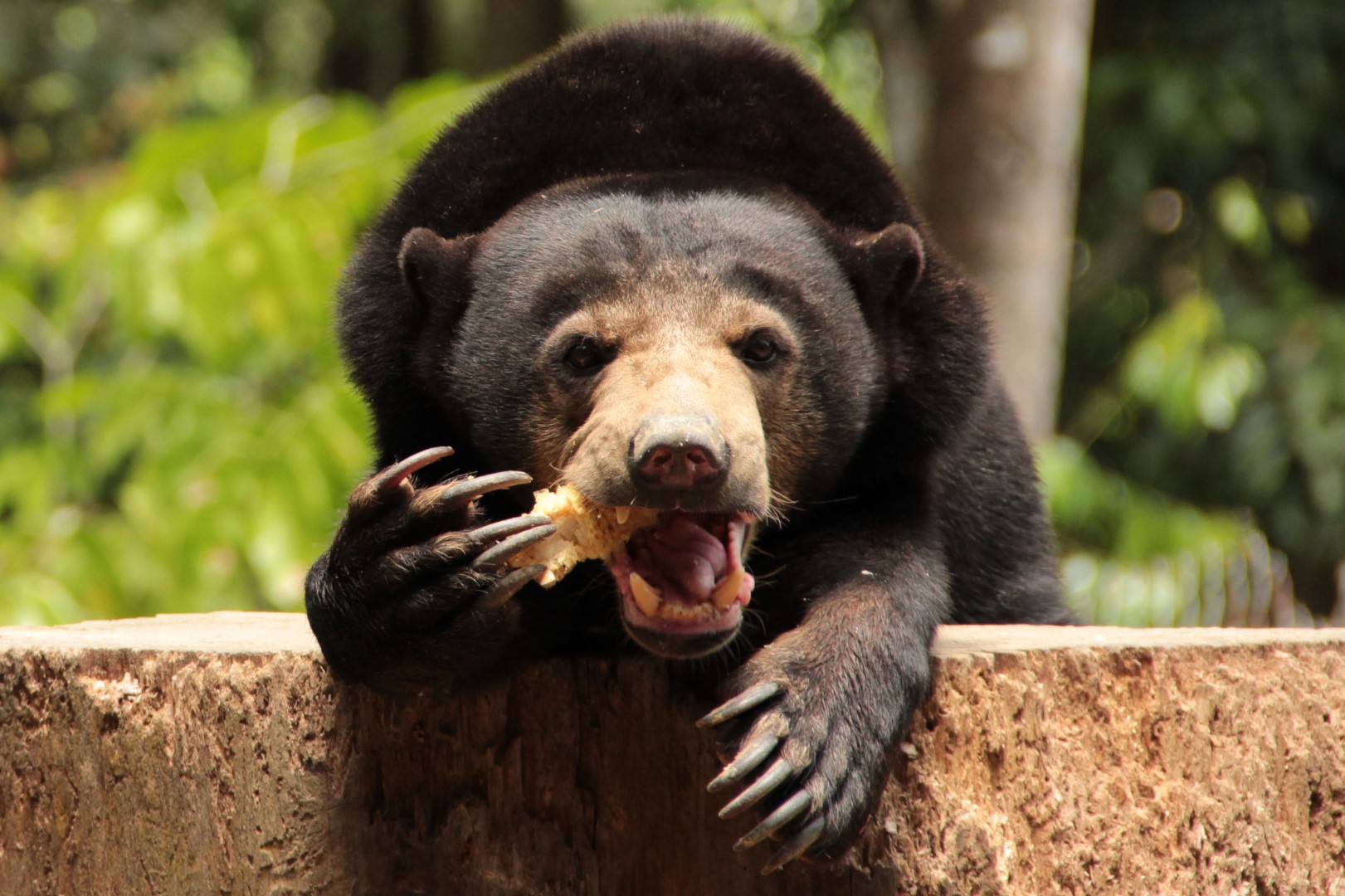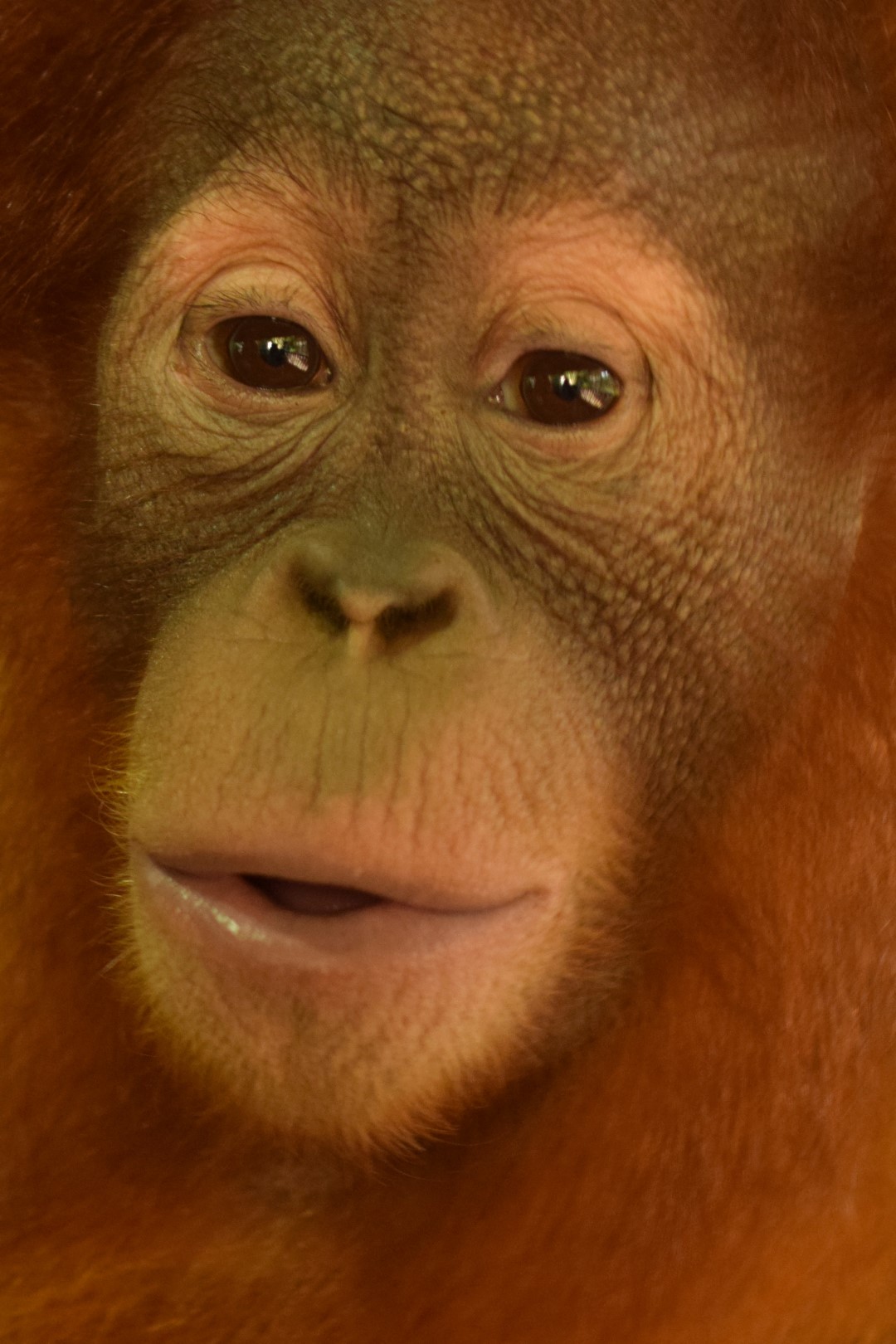panorama destination
panorama destination
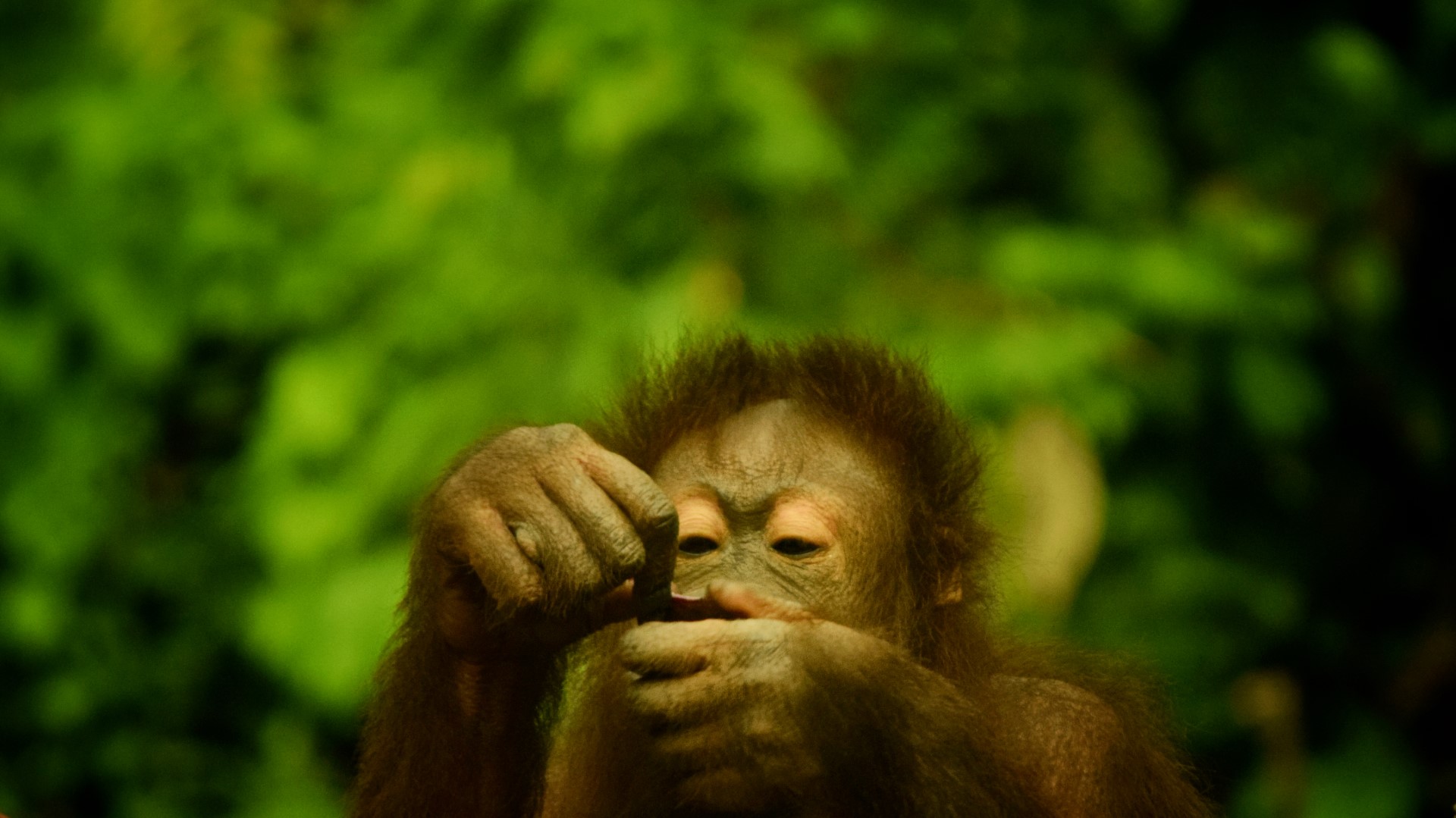
In the Malay language, Orangutan literally means ‘forest people’ (combining orang, meaning person; and hutan, meaning forest). The indigenous tribes of Sabah, known as the Orang Asli, have long viewed the red apes as relatives; they refuse to hunt them, believing that to eat one would be akin to cannibalism. When crossing paths with and meeting the gaze of this gentle statesman of the jungle, I was instantly struck by the glimmer of humanity in its eyes and a sense of our shared ancestry.
The orangutan family recently welcomed a new member. Until only last year, there were thought to be just two distinct species: the Sumatran (Pongo Abelii) and the Bornean (Pongo Pygmaeus). In 2017, a third member of the family was discovered in the forests of Sumatra. Known as the Tapanuli Orangutan (Pongo Tapanuliensis), the new species is more closely related to its Bornean cousin than its Sumatran neighbour. Sadly, the Tapanuli orangutan also immediately joined the ranks of the world’s critically endangered animals, with fewer than 800 individuals left.
“There is hope for the orangutan of Sabah”
Despite steady decline in the wild, there is hope for the orangutan of Sabah. Sepilok Orangutan Rehabilitation Centre is a sanctuary that’s funded by the Malaysian government, built in 1964 and tasked with returning orphaned, injured or displaced orangutan to the forest. This process of rescue and rehabilitation ends with release into a 4,294-hectare jungle reserve made up of virgin rainforest and mangrove swamps. Back at the centre, babies spend their time in the ‘Nursery’, learning jungle skills such as foraging for food, building nests and climbing. When ready, they graduate to the ‘Outdoor Nursery’, where their dependence on people for food and emotional support is reduced. Finally, they achieve total independence and join the ranks of Sepilok’s wild orangutan population.
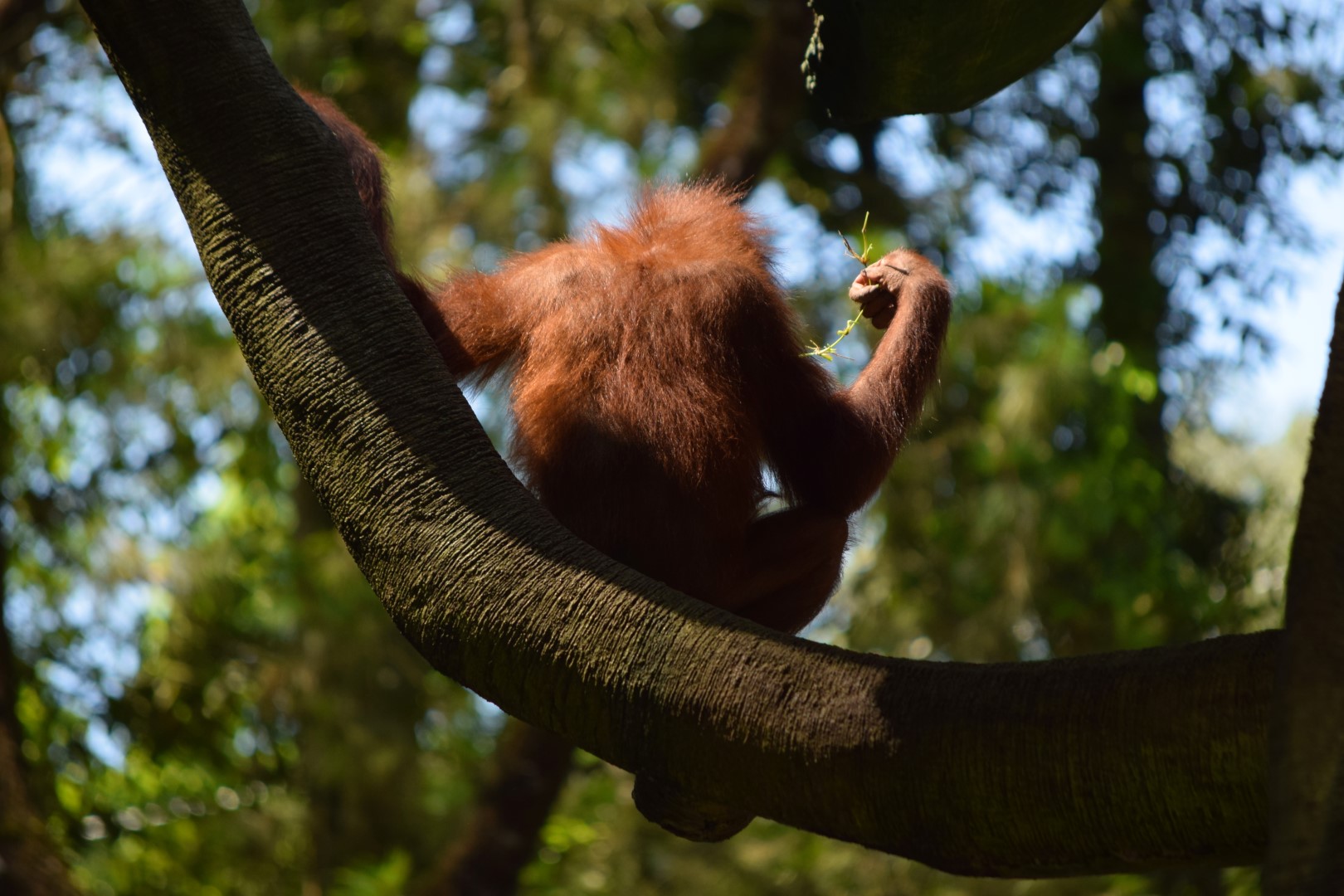
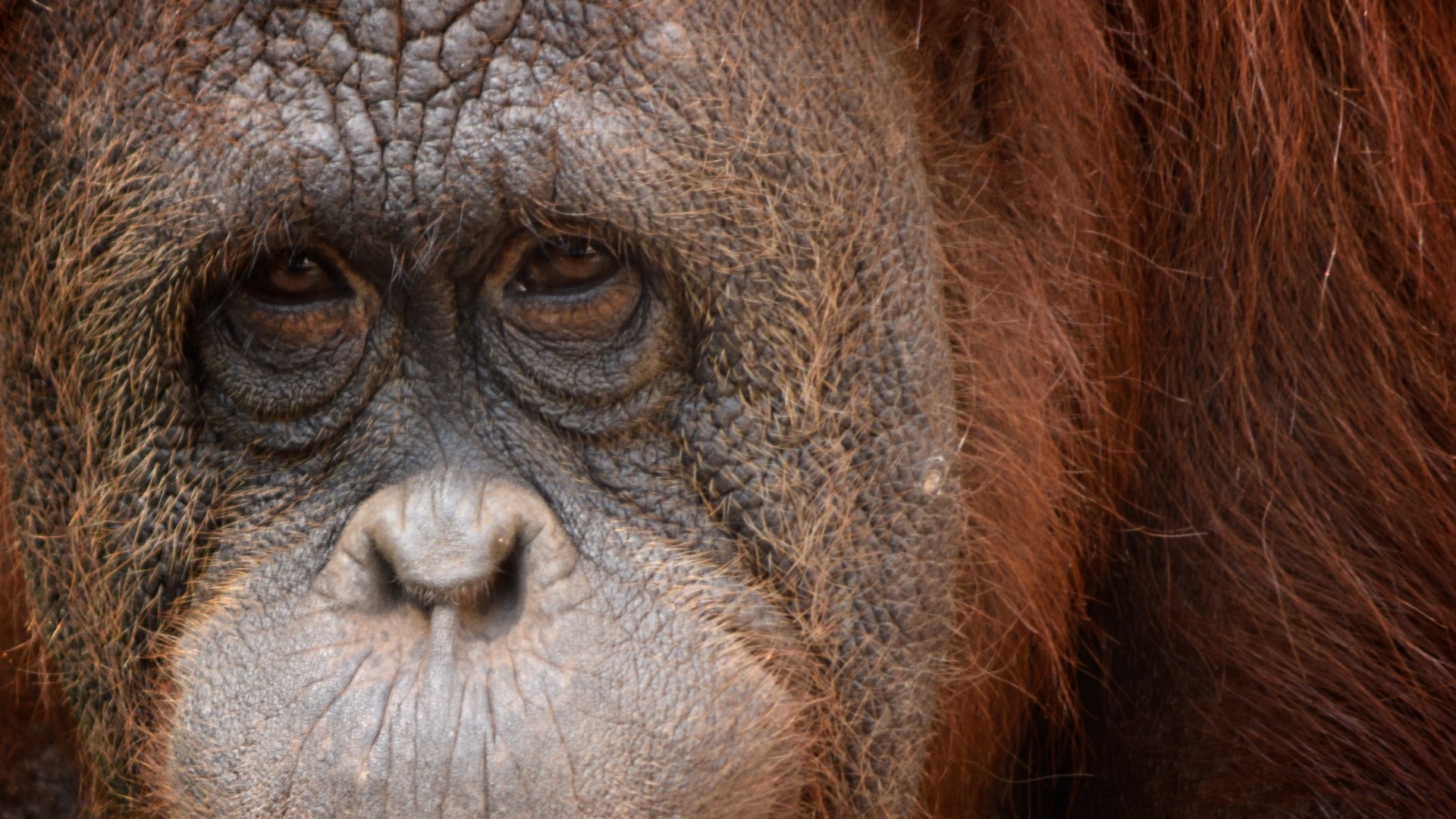
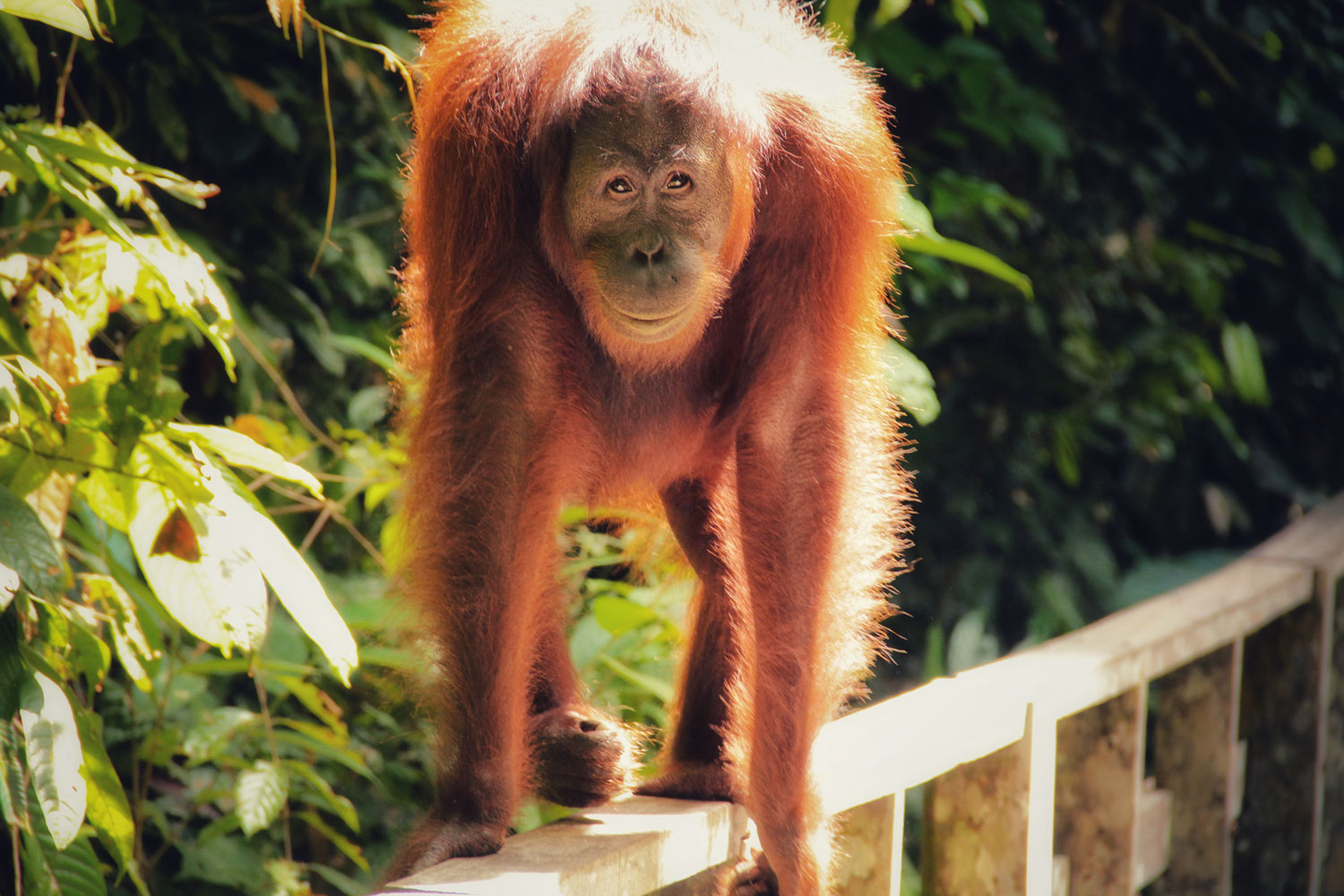
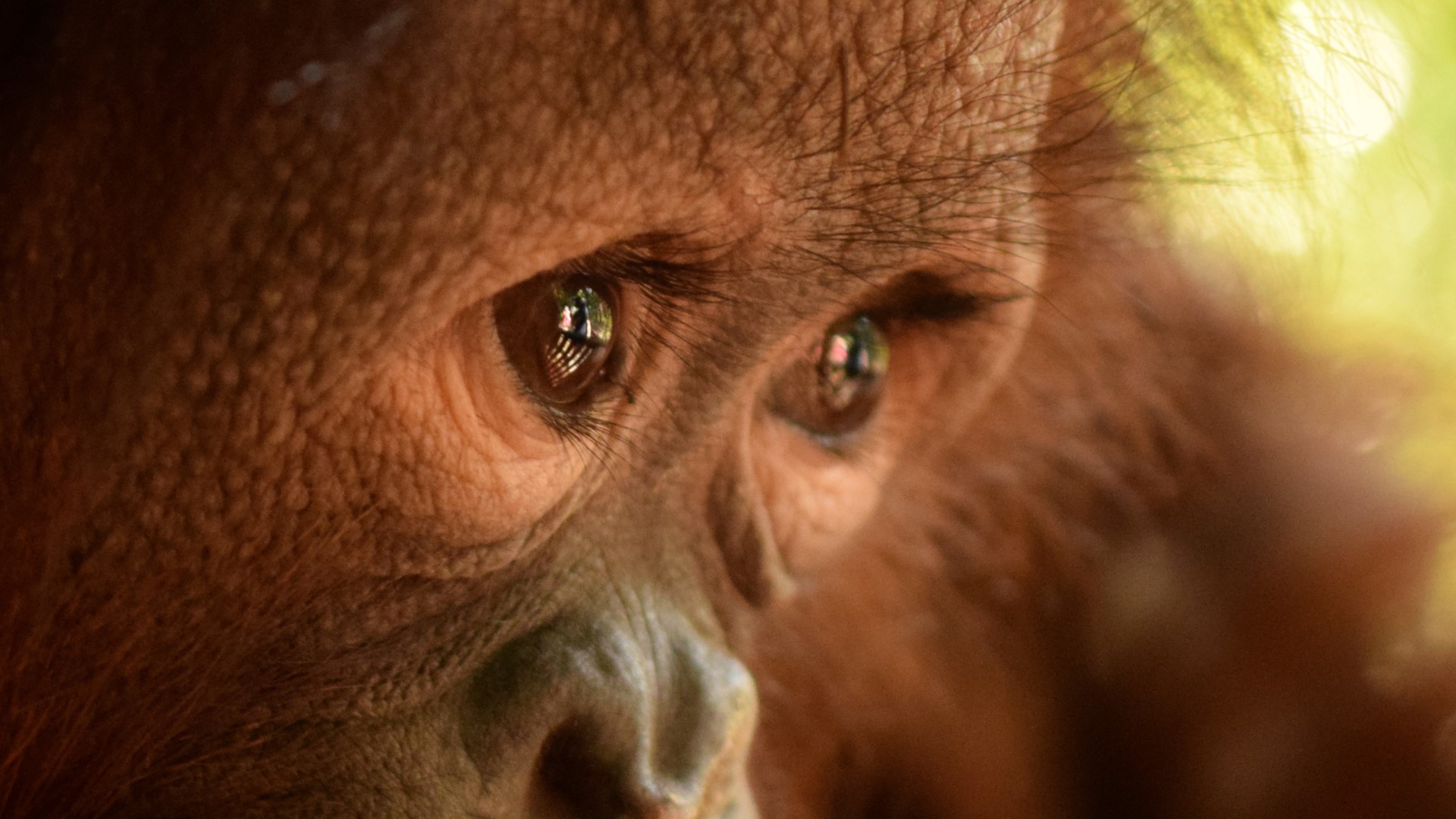
Orangutan spend almost all their time in trees, either searching for food or sleeping high in the canopy - these ginger giants are the only primarily arboreal great ape and the largest tree-dwelling mammal in the world. Every night, an orangutan builds a single nest made of leaves, high in the uppermost branches of the rainforest. Their arms, which are longer than their body, are ideally suited to swinging between trees or hanging from branches. Orangutan, especially the big males, rarely come down to earth; when they do, it’s usually to cross between trees that can’t be bridged up above. On the ground, the babies have a charming habit of tucking those big arms into a ball and getting from A to B in a bundle of crimson fur; a red roly-poly, tumbling over the forest floor.
“It’s not unusual to see an orangutan hammering with tools, clapping its hands to get attention, or even tying shoelaces”
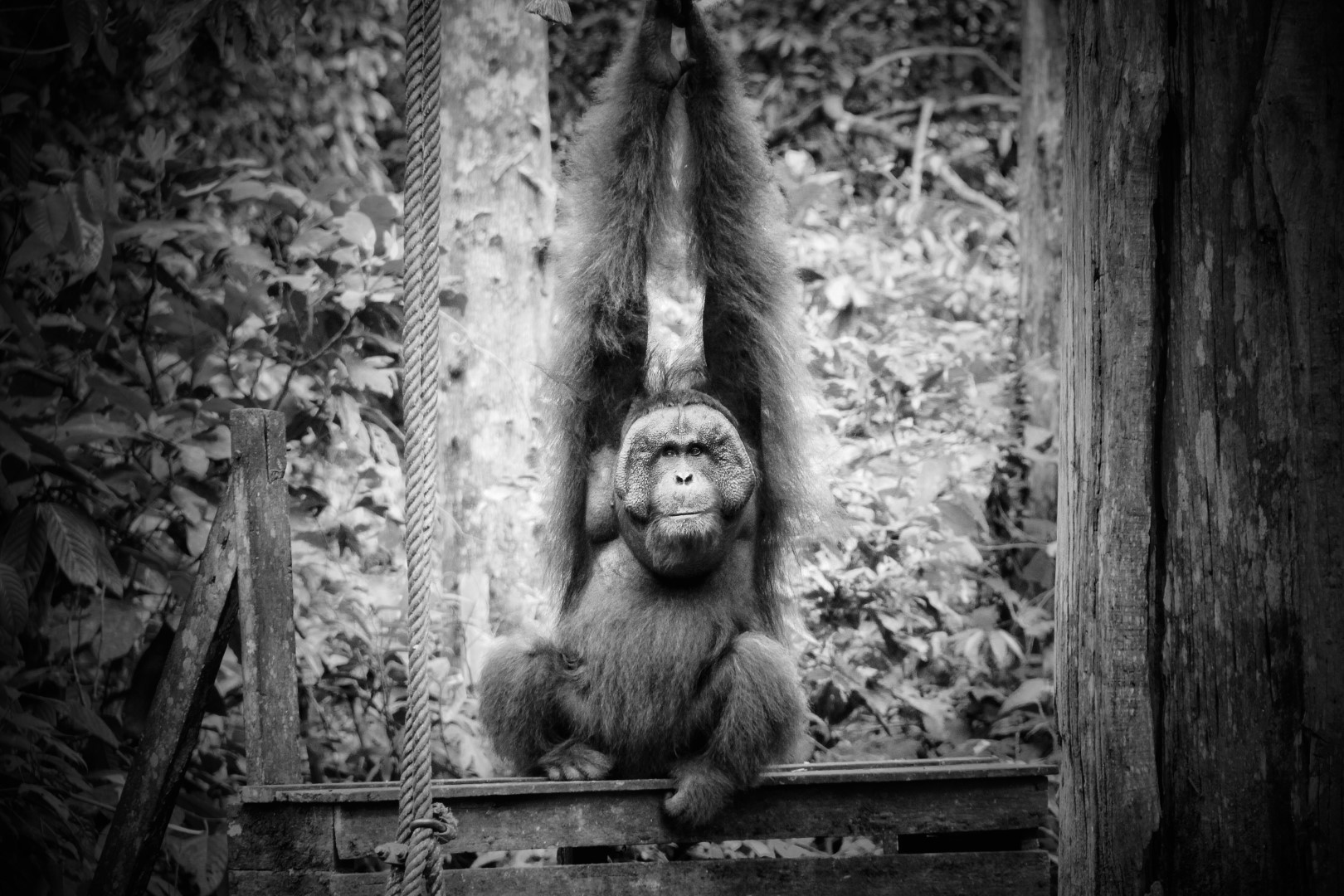
Sepilok Orangutan Rehabilitation Centre opens daily from 9 am to 12 pm, then from 2 pm to 4 pm (9 am to 11 am and 2 pm to 4 pm on Fridays). Visits to the centre are included in Panorama Destination’s Sabah Nature Trails package. To learn more, click here.
Orangutan Quick Facts:
• Orangutan share 97% of their DNA with humans
• They can live up to 60 years
• They have the longest ‘childhood’ of any ape (4-7 years)
• Their diet is made up of bark, leaves, flowers, insects, and over 300 kinds of fruit
• Orangutan have opposable thumbs and big toes, effectively giving them four ‘hands’
• There are three known types: Sumatran, Bornean and the newly discovered Tapanuli
• When males reach maturity, they develop large cheek pads
• Adult males can grow to around 137 cm (4 ft 6 in) tall and weigh as much as 75 kg (165 lb). A fully-grown male orangutan has an arm span of about 2 metres (6.6 ft).
• Of the four great apes – gorillas, chimpanzees, bonobo and orangutan – only the orangutan originates in Asia; the others all come from Africa.
• There are an estimated 50,000 – 65,000 Bornean Orangutan remaining in the wild
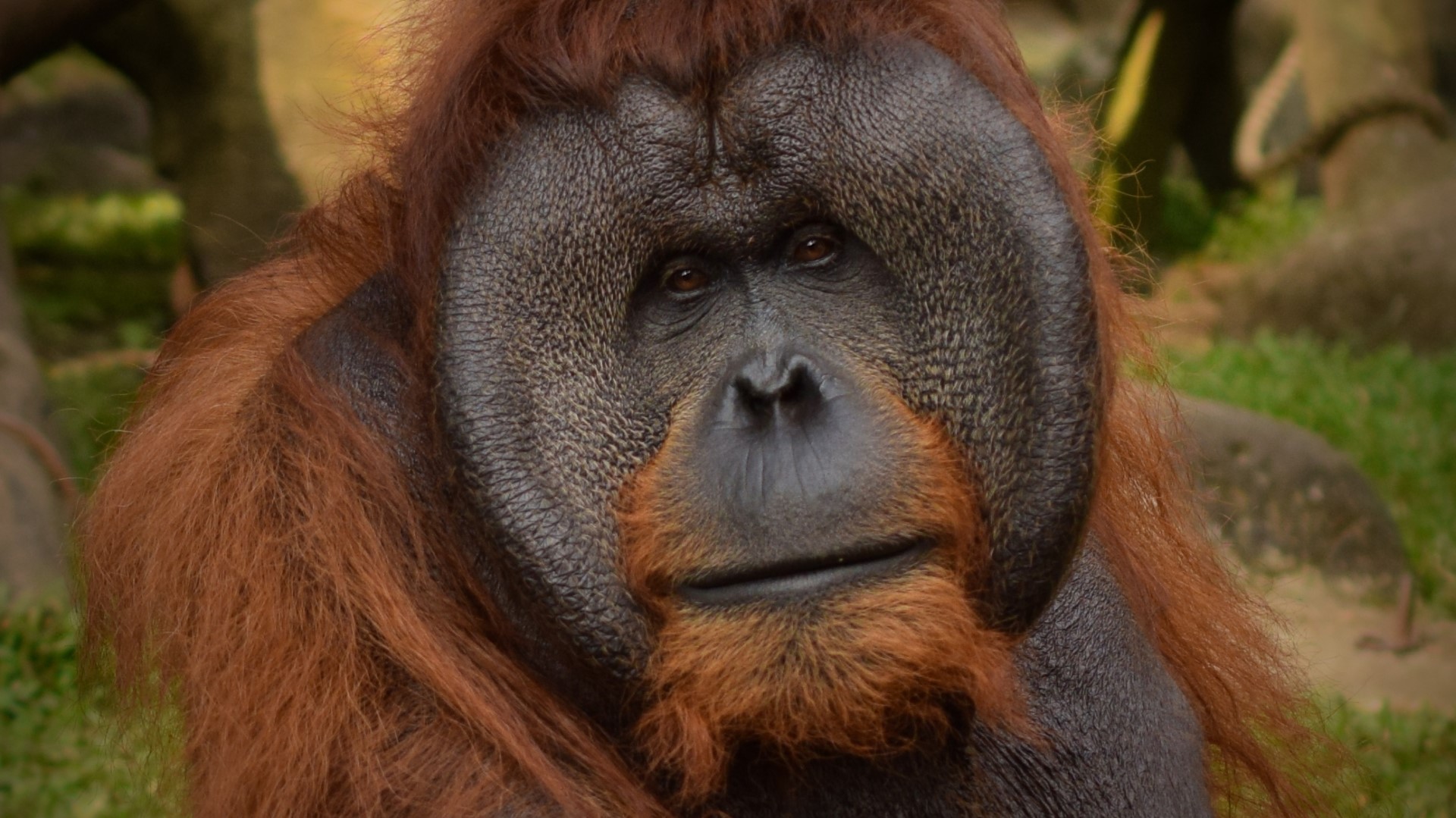
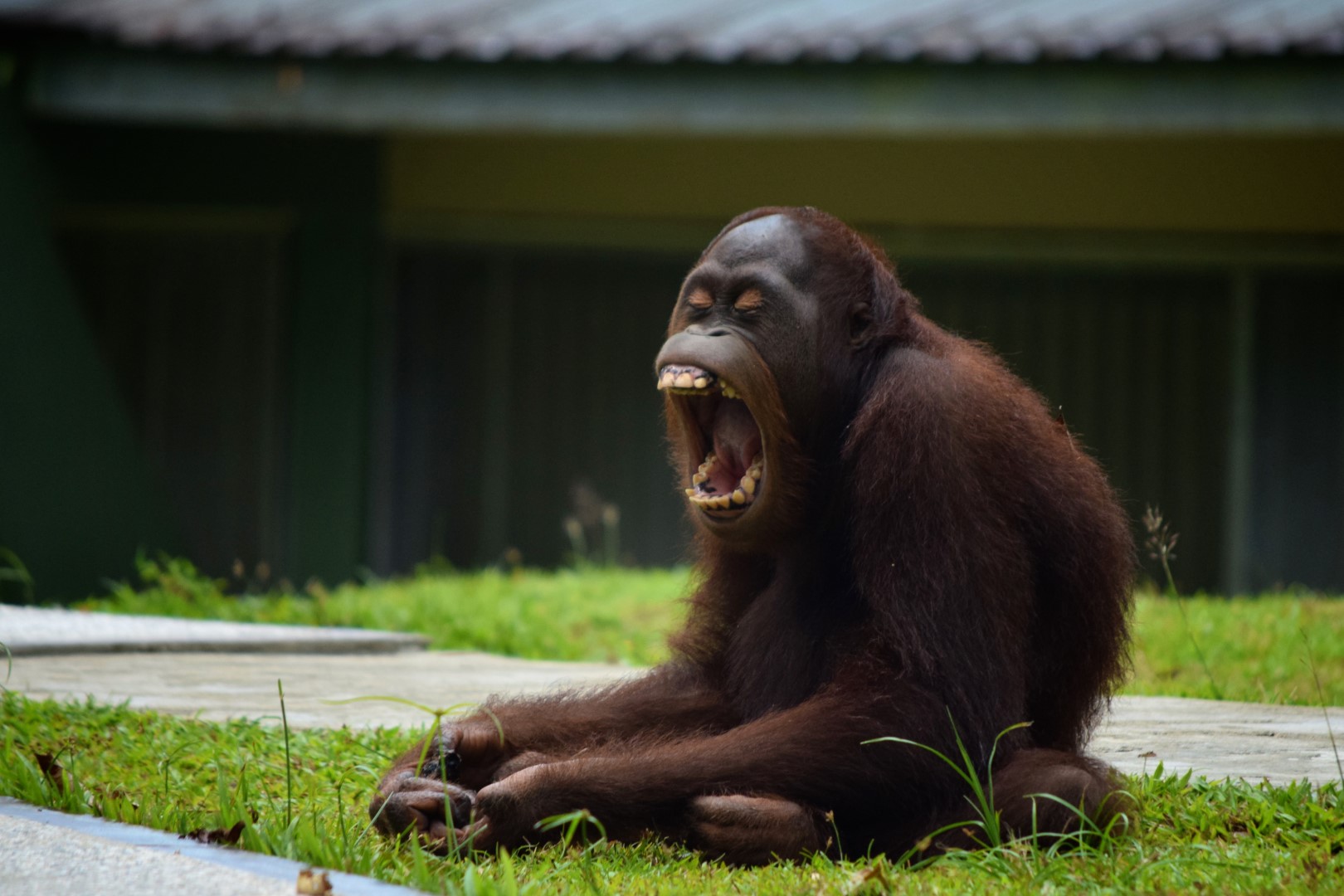
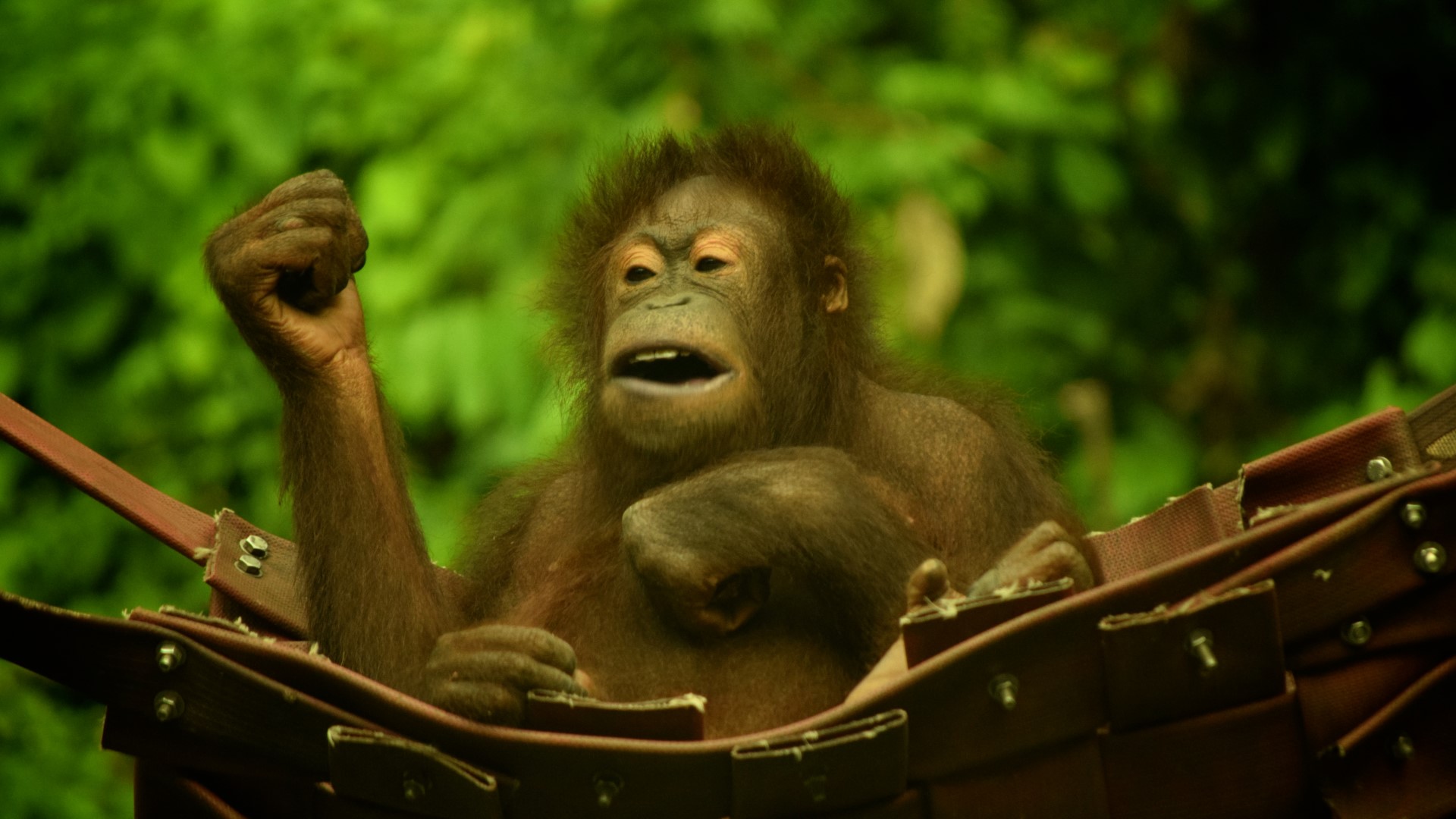
Bornean Sun Bear Conservation Centre
Located right next door to the Orangutan Rehabilitation Centre, Bornean Sun Bear Conservation Centre (BSBCC) adds an extra cast of characters to Borneo’s Jungle Book. The world’s smallest bear is joined by troops of wild macaques, fish ponds and even the occasional elephant. The centre features an observation platform, boardwalk and a visitor centre, all built within the natural surroundings of the rainforest, which means you’re just as likely to see wild animals as the captive residents of the sanctuary.
“a more natural life with their fellow bears”
The Malayan sun bear is only found in the tropical lowland forests of Southeast Asia. It is the smallest, most arboreal and least studied bear – second only to the giant panda in terms of its scarcity. Like the orangutan, sun bears build nests in which to sleep at night – also in the treetops. Their name comes from the pale crest of colour on their chests, which is often compared to the setting or rising sun; each bear’s pattern is slightly different, so the markings act as a unique fingerprint that helps to identify individuals. Like most bears, they are omnivores – and lovers of just about all foods. A long and dexterous tongue (about 20 – 25cm in length) acts as a handy tool, helping them extract honey from bee hives and invertebrates from trees. This has also earned them their Malay name - ‘beruang madu’ – meaning ‘honey bear.’
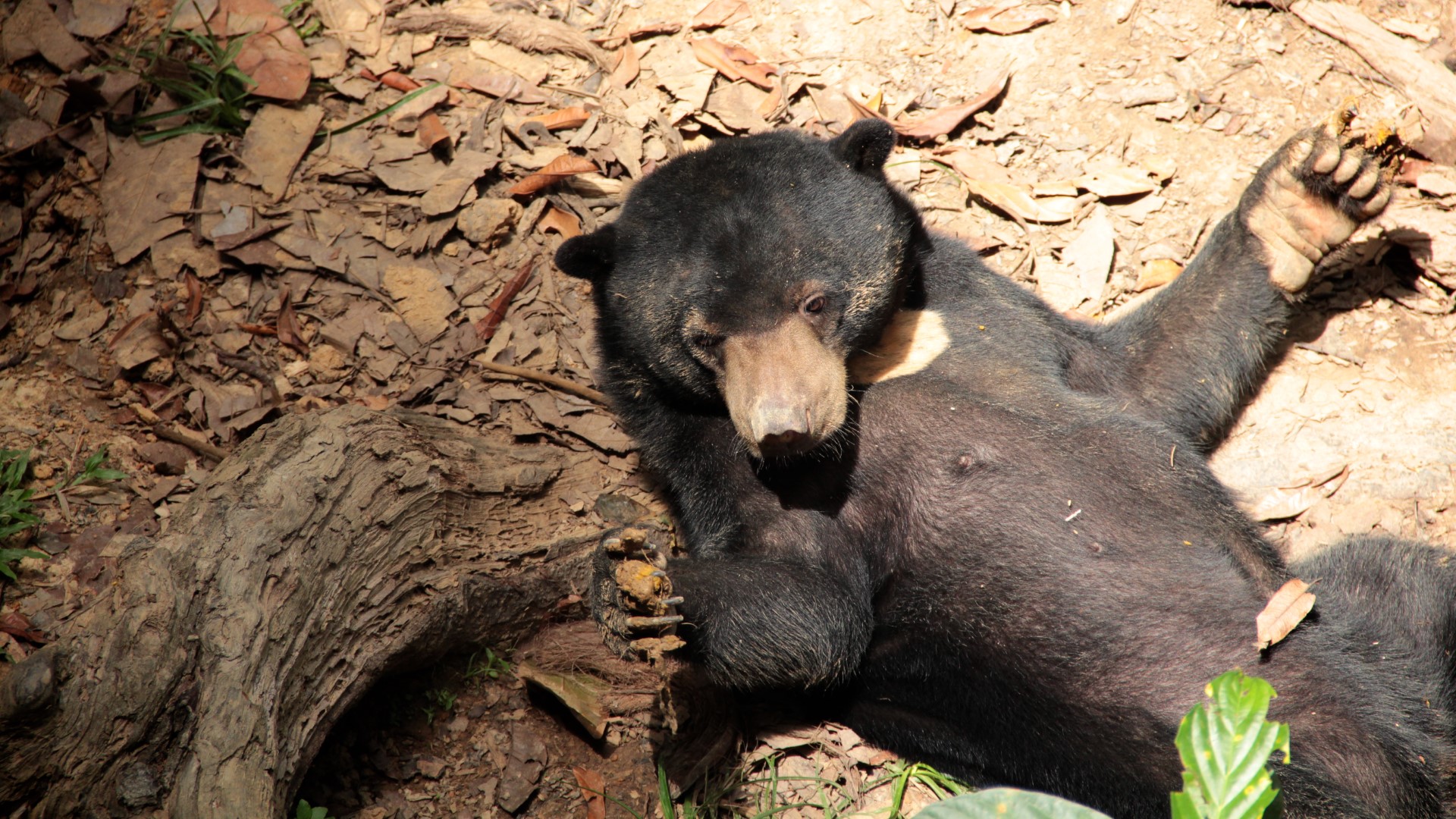
These bears have long been threatened by forest degradation, illegal hunting and poaching, whilst in the past people would steal young cubs from their mothers to sell in the illegal pet trade. In recent years, several organisations in Malaysia have been working to locate bears in captivity or cruel conditions and return them to a more natural life with their fellow bears.
“an environment that’s ideally suited to the needs and welfare of the bears”
BSBCC opened in 2014. There are currently 44 rescued ex-captive sun bears living here, spending their days happily munching on corn, coconuts, fruits and honeycomb, in an environment that has been designed for their comfort and safety. The bears get to socialise with each other and engage in a range of enrichment activities to keep them stimulated; the facility includes large forest enclosures to provide space for them to roam in a natural environment that’s ideally suited to the needs and welfare of the sun bears and helps facilitate their rehabilitation back into the wild. At Bornean Sun Bear Conservation Centre, visitors can learn about sun bears and observe them in their natural habitat, whilst also exploring the diverse range of flora and fauna with which they share it.
After Sepilok, Panorama Destination journeyed to Kuala Lumpur. Click here to Travel With Us.
